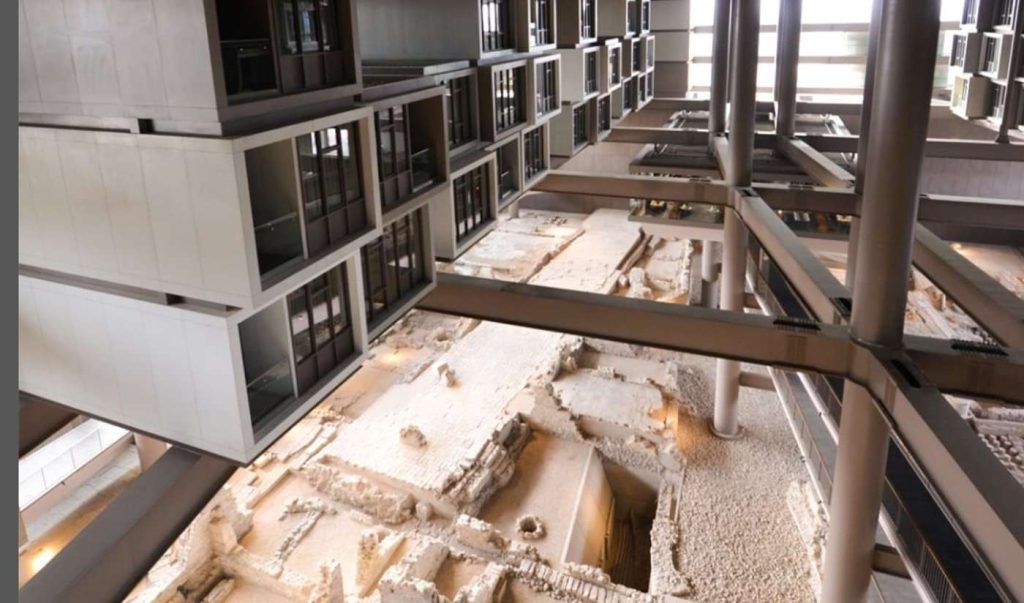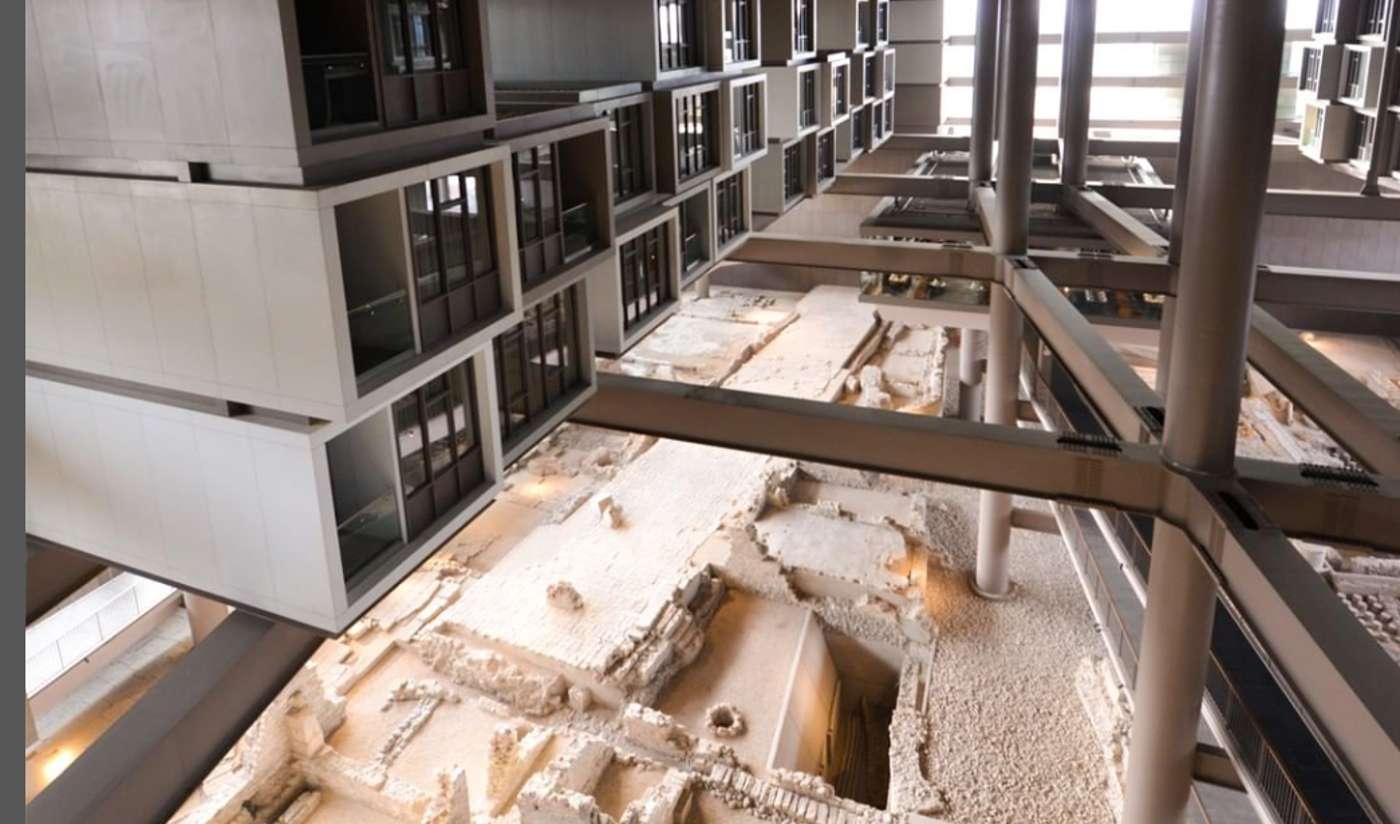
It’s typical for luxury hotels to boast about their amenities—a pool, the gym, a terrace with 360° views, but it’s a rare thing indeed to boast about the 9,000-square-foot Alexandrian mosaic from 2,300 years ago.
Appropriately, the Museum Hotel Antakya worked closely with archeologists to build a luxury hotel around the world’s largest intact mosaic floor, found after a cooperative had purchased a property for development in 2009.
Necmi Asfuroglu and his family, who together operate the Asfuroglu Group, decided to build a 5-star hotel in the city of Antakya in a 3rd-degree protected area—which essentially meant that while it wasn’t clear there was anything of scientific importance underneath, an archeological survey was required due to the property’s age.
In another language, in another era, Antakya was the Classical Antioch, located in one of the successor kingdoms that rose in the wake of Alexander the Great’s death. Founded by Seleucus, who would lend his name to the Seleucid Dynasty, Antioch was a trade center that passed to the hands of Byzantium, and on down the complicated hand-changing that has characterized the lands known as Turkey today.
The survey that followed was one of the most-systematic ever carried out in Antakya, according to Sabinha Asfuroglu, and involved 120 workers, 35 archeologists, and 5 restoration architects,working over the course of a year under the collaboration of multiple universities.
“Now our site is a kind of archeological park, showing traces of 13 different civilizations in five different layers over the course of a period beginning in the 3rd century BC on to present day,” said Arkeolog Can Okkali, restoration architect and project lead.
Multiple floating causeways link the various rooms and floors, under which stretches out a vast mosaic of tiny stones depicting animals, astrological symbols, classical scenes, and multiple geometric and swirling designs.
A perfectly intact marble sculpture of Eros was found, near to what the museum calls the Pegasus Mosaic. Made up of 162 different tones of colored pebbles, this completely-undamaged work depicts Hesiod receiving his poetic inspiration from the Queen of Muses, Calliope.
As Okkali said in a hotel publicity video, many different civilizations have left their mark on the site, which is theorized as being a large public building—including the Romans who built a series of baths.
(WATCH the video for this story below.)
Help Your Friends Uncover This Mosaic By Sharing This Story…





















wow…